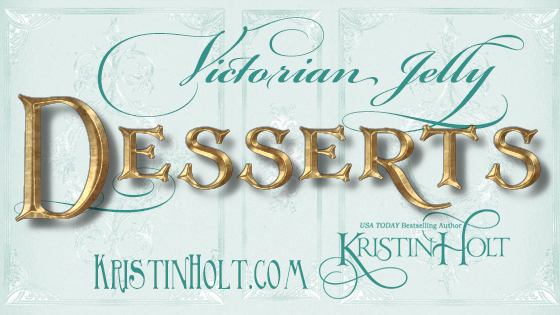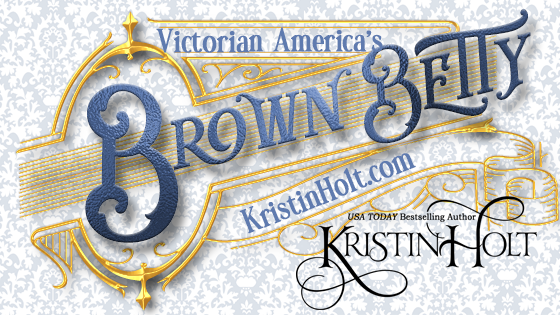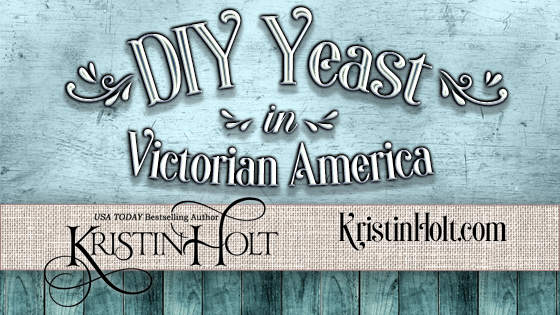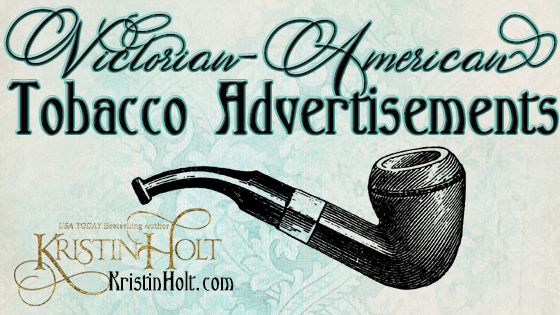
Victorian Jelly: Desserts
Victorians (in every English-speaking nation) adored jellied desserts.
Vintage recipes from cookbooks and newspapers (from both sides of the Atlantic) illustrate how cooks made foods gel.

Victorians (in every English-speaking nation) adored jellied desserts.
Vintage recipes from cookbooks and newspapers (from both sides of the Atlantic) illustrate how cooks made foods gel.

Victorian America’s BROWN BETTY: a teapot, and an economical dessert.
A smattering of recipes from mid- to late-nineteenth century cook books and newspapers paint an image of “brown Betty.” Victorian-era economy shines in these vintage instructions.

Nineteenth century breads often called for “a teacup of yeast,” a huge amount compared to today’s recipes. Victorian-era housekeepers (e.g. wives) made their yeast. And continued to whip up fresh batches of yeast (with a touch of the last batch as a starter) well after commercially prepared yeast waited on grocer’s shelves.

Advertisements from vintage newspapers and periodicals shed much light on the tobacco habits of our nineteenth century United States ancestors. Each ad cites sources, dates, and provides everything from brand names to prices to general categories to help us draw conclusions about tobacco use in the Victorian United States.
Why? Because accurate backdrops make for exciting fiction!

Part 3 of an ongoing series ~
Who knew? Tobacco use in the nineteenth century might surprise you! Without today’s health warnings, tobacco became a favorite vice among men and women of all ages (including children). Numerous vintage sources paint an accurate backdrop of cigarettes, cigars, cigarillos, chewing tobacco, etc., dispelling the myths surrounding tobacco use throughout the American nineteenth century.